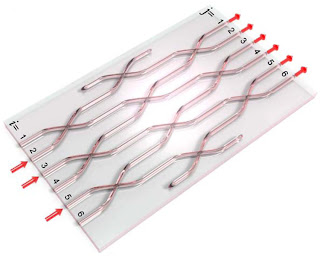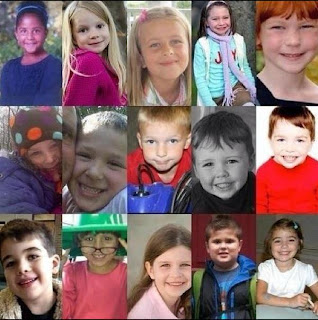 |
An illustration of a galaxy with a supermassive black hole shooting out jets of radio waves.
Image: NASA/JPL-Caltech |
Alice and Bob, beloved characters of various thought experiments in quantum mechanics, are at a crossroads. The adventurous, rather reckless Alice jumps into a very large black hole, leaving a presumably forlorn Bob outside the event horizon — a black hole’s point of no return, beyond which nothing, not even light, can escape.
Conventionally, physicists have assumed that if the black hole is large enough, Alice won’t notice anything unusual as she crosses the horizon. In this scenario, colorfully dubbed “No Drama,” the gravitational forces won’t become extreme until she approaches a point inside the black hole called the singularity. There, the gravitational pull will be so much stronger on her feet than on her head that Alice will be “spaghettified.”
Now a new hypothesis is giving poor Alice even more drama than she bargained for. If this alternative is correct, as the unsuspecting Alice crosses the event horizon, she will encounter a massive wall of fire that will incinerate her on the spot. As unfair as this seems for Alice, the scenario would also mean that at least one of three cherished notions in theoretical physics must be wrong.
Scientific American: Black Hole Firewalls Confound Theoretical Physicists
If a new hypothesis about black hole firewalls proves correct, at least one of three cherished notions in theoretical physics must be wrong.
By Jennifer Ouellette and Simons Science News















